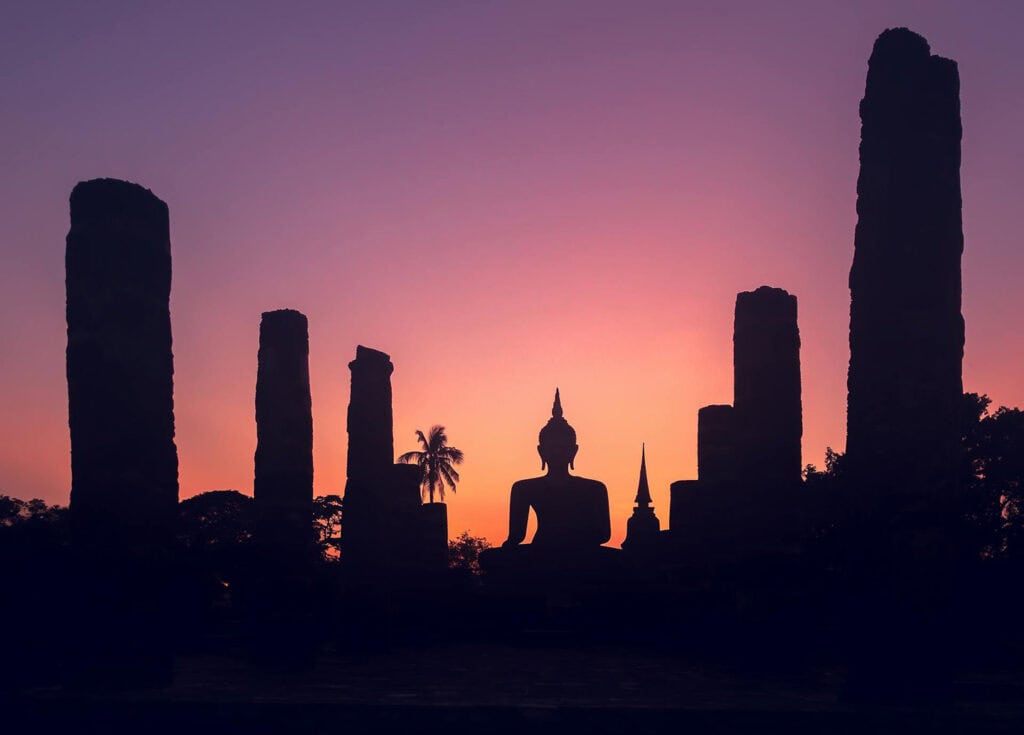
Are you fascinated by the serene beauty of Buddhist temples or intrigued by the harmonious blend of spirituality and architectural grandeur? Buddhist architecture offers more than just structures.
At Landmarks Architects, we specialize in unraveling the mysteries of Buddhist architecture. With a deep appreciation for its cultural significance and years of expertise in architectural exploration, we’re here to guide you through this enriching journey.
In this article, we will explore the captivating world of Buddhist architecture:
- Exploring the Historical Background: Uncover the origins and evolution of Buddhist architectural styles across different periods.
- Understanding Key Elements and Features: Discover the significance of stupas, viharas, chaityas, and pagodas in Buddhist religious practice.
- Decoding Symbolism and Meaning: Investigate the intricate symbols and their spiritual significance embedded in Buddhist architecture.
- Examining Contemporary Adaptations: Explore how modern interpretations blend tradition with innovation in Buddhist architectural design.
By the end of this article, you’ll gain a profound understanding of Buddhist architecture’s cultural heritage and its enduring influence on architectural design worldwide. Join us as we uncover the beauty and spiritual depth of these timeless structures.
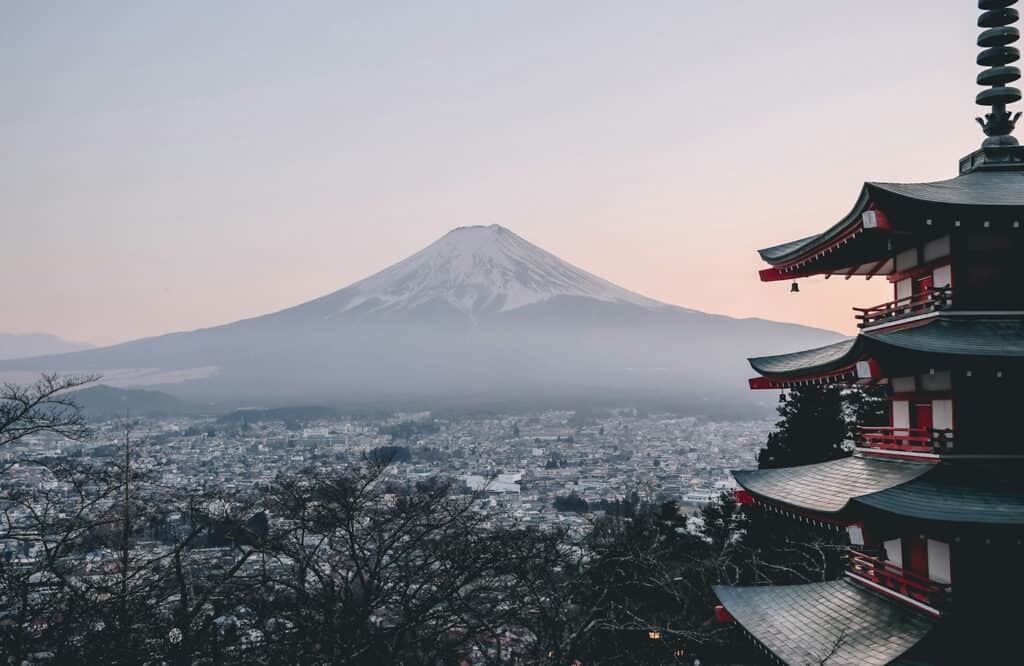
Historical Background
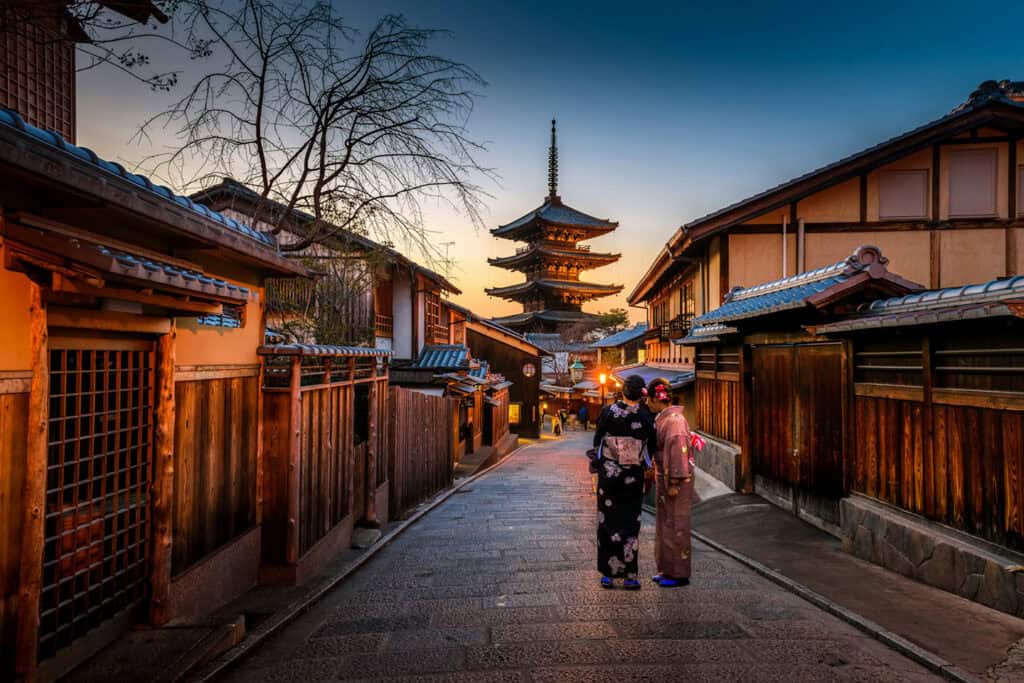
Buddhist architecture is a rich and diverse field that has been shaped by various historical periods and cultural influences. Its origin can be traced back to the Indian subcontinent, where it emerged as an integral part of religious practice. The architectural style represents the cultural history of the regions where it was developed and adapted.
The key historical periods of Buddhist architecture include the Asuka and Nara periods, the Heian period, the Kamakura and Muromachi periods, the Azuchi-Momoyama and Edo periods, and the Meiji period. Each period had its unique architectural style, which was influenced by different regions such as India, China, Japan, and Thailand.
4 Key Elements and Features
1. Stupas
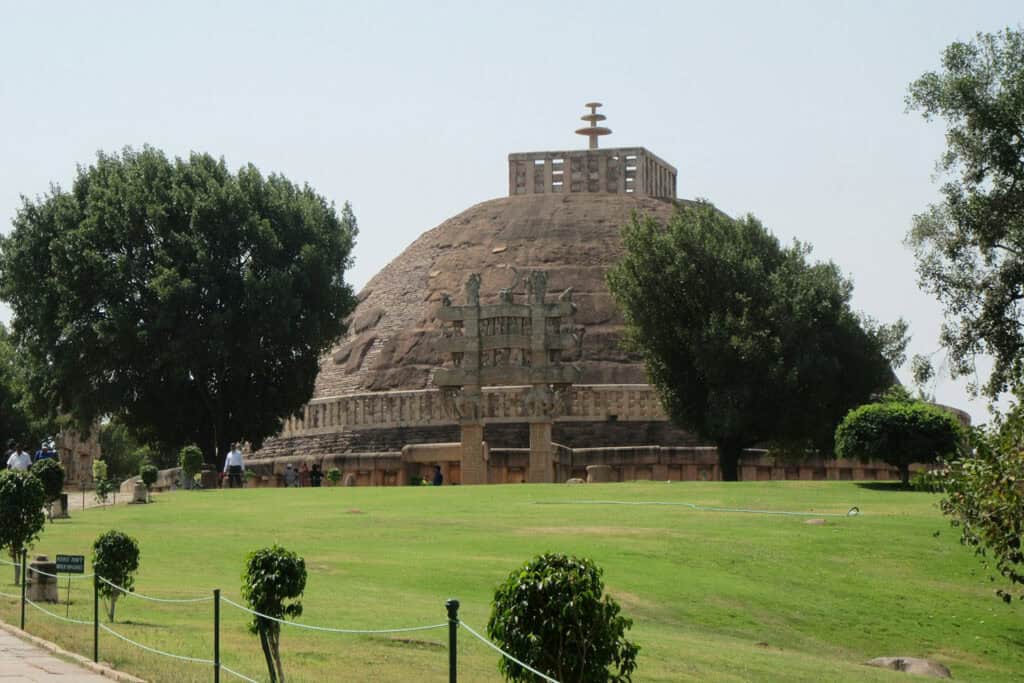
Stupas are a quintessential element of Buddhist architecture, serving as monumental mounds that house sacred relics, typically associated with the Buddha or other revered figures. The stupa’s shape represents the universe, with the dome symbolizing the earth.
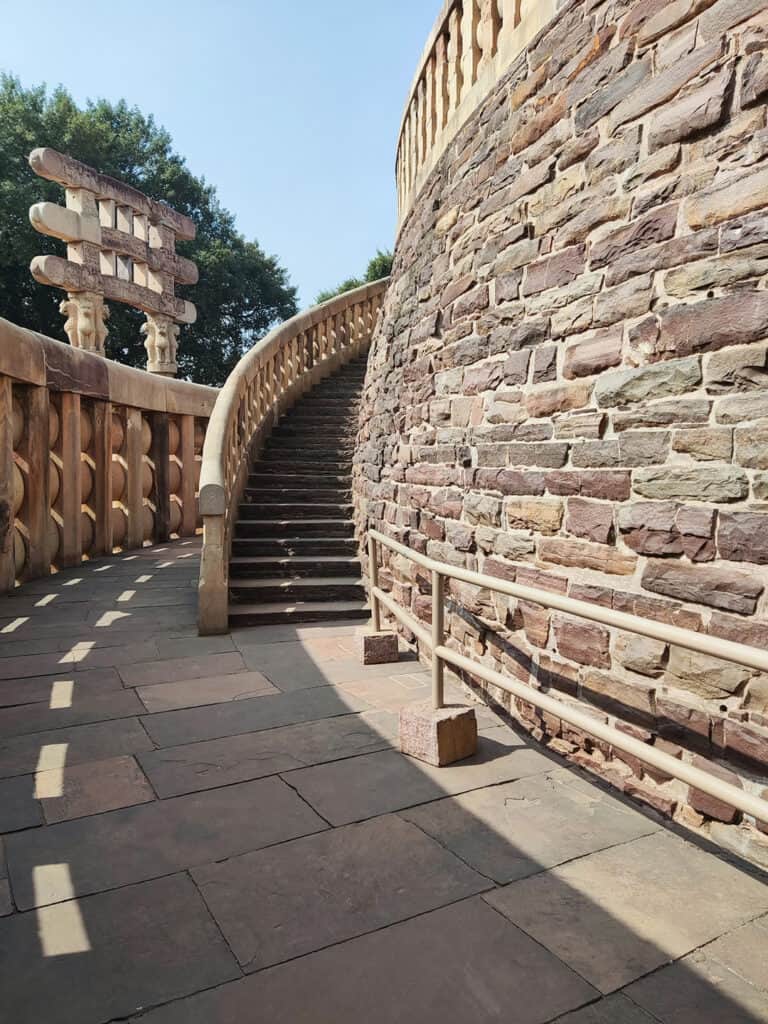
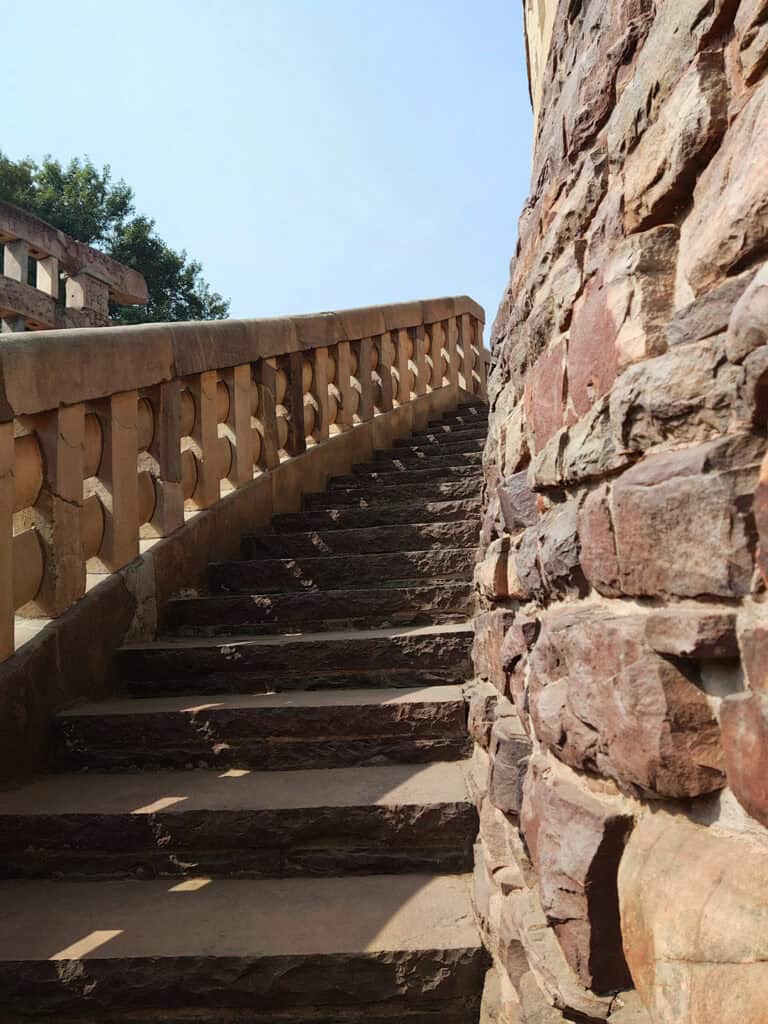
2. Viharas
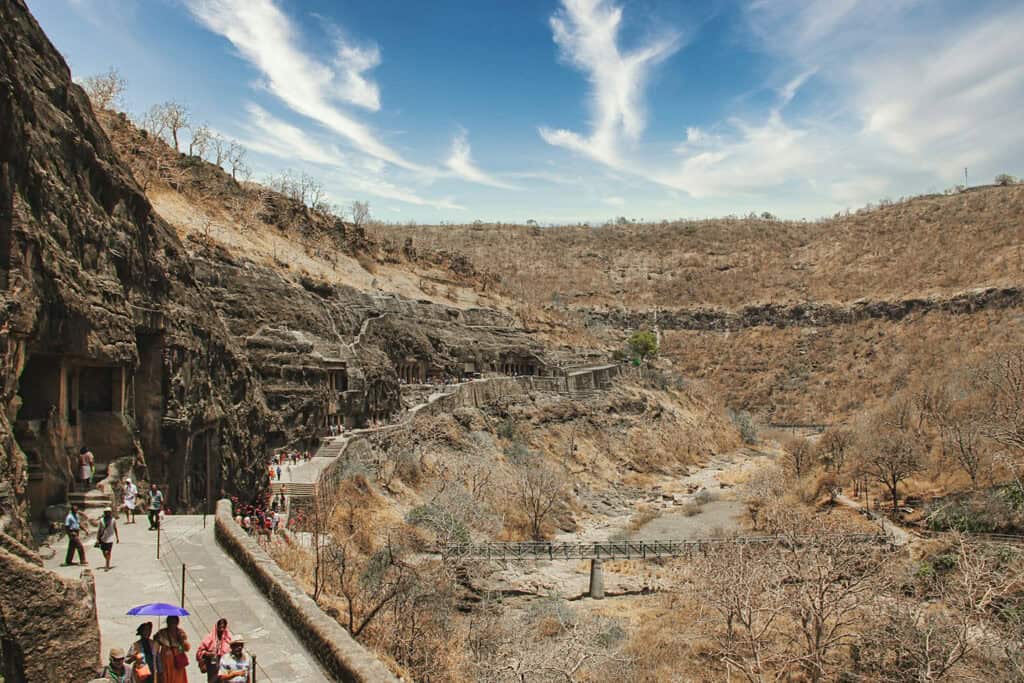
Viharas are Buddhist monasteries where monks live and study. They are usually constructed around a central courtyard and contain various rooms, such as a dining hall, meditation hall, and lecture hall.
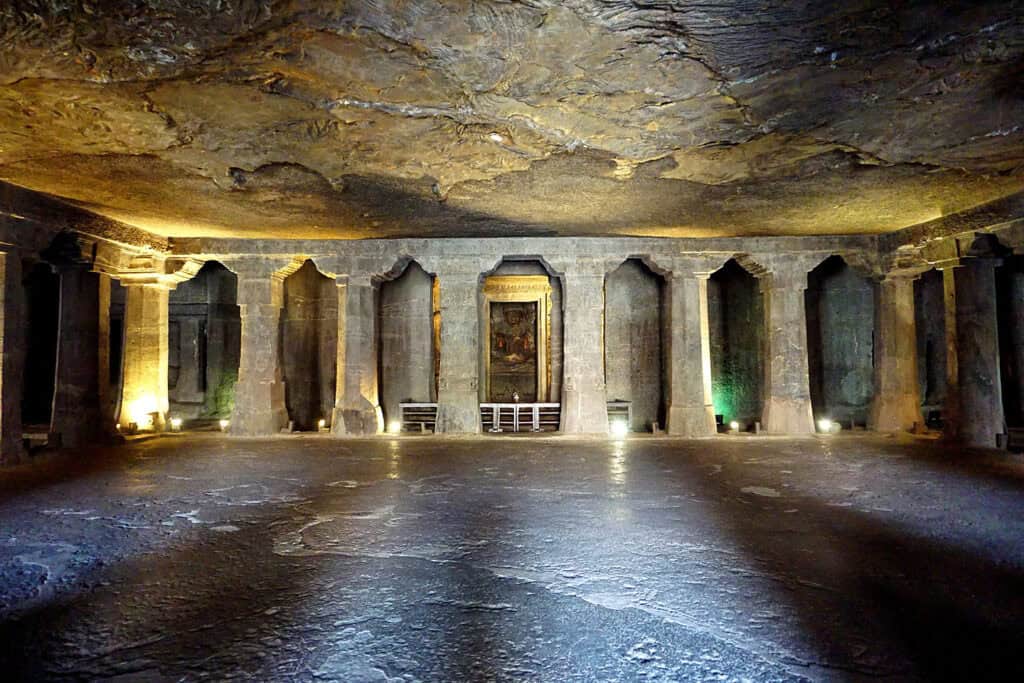
Examples of historic viharas include the rock-cut cave monasteries found in Ajanta and Ellora in India, which are renowned for their intricate carvings and exquisite murals.
3. Chaityas
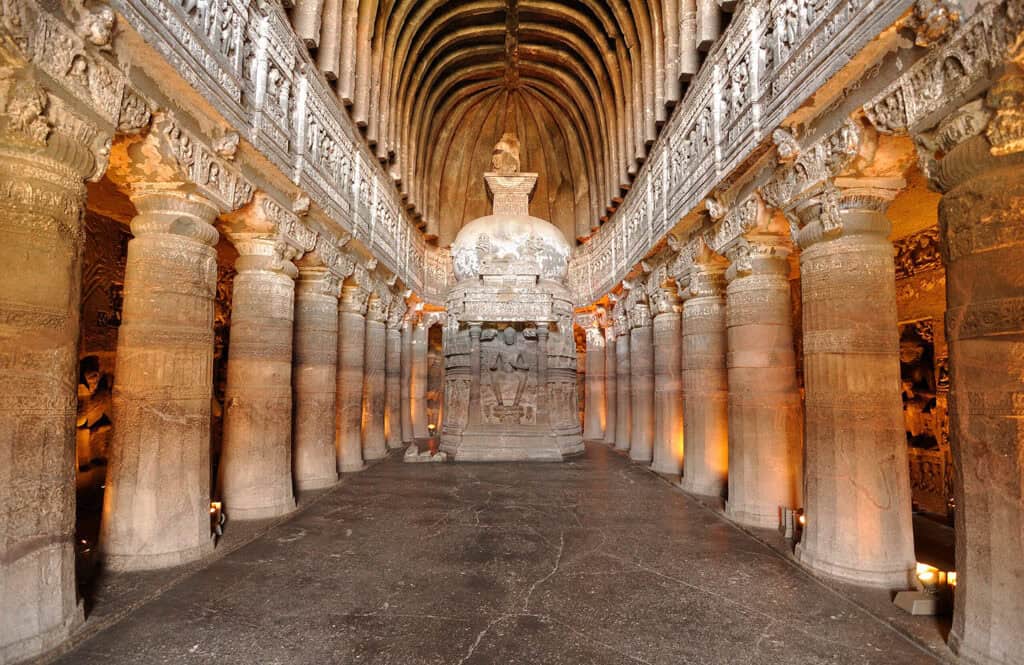
Chaityas are prayer halls where Buddhists gather to worship and meditate. These structures are often characterized by their elongated, vaulted ceilings and are typically carved into rock, exemplifying the ancient Indian tradition of rock-cut architecture. The interiors of chaityas are marked by a stupa at one end.
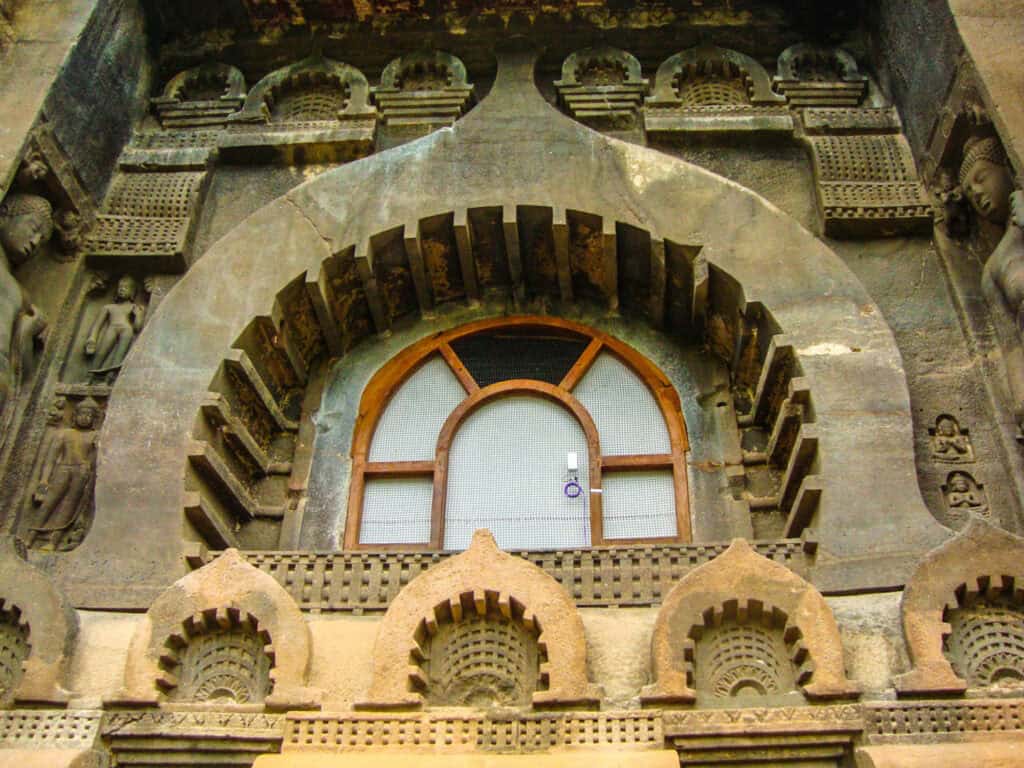
Notable examples include the Ajanta and Ellora caves in India, where the chaityas are adorned with intricate carvings and paintings that depict scenes from the life of the Buddha.
4. Pagodas
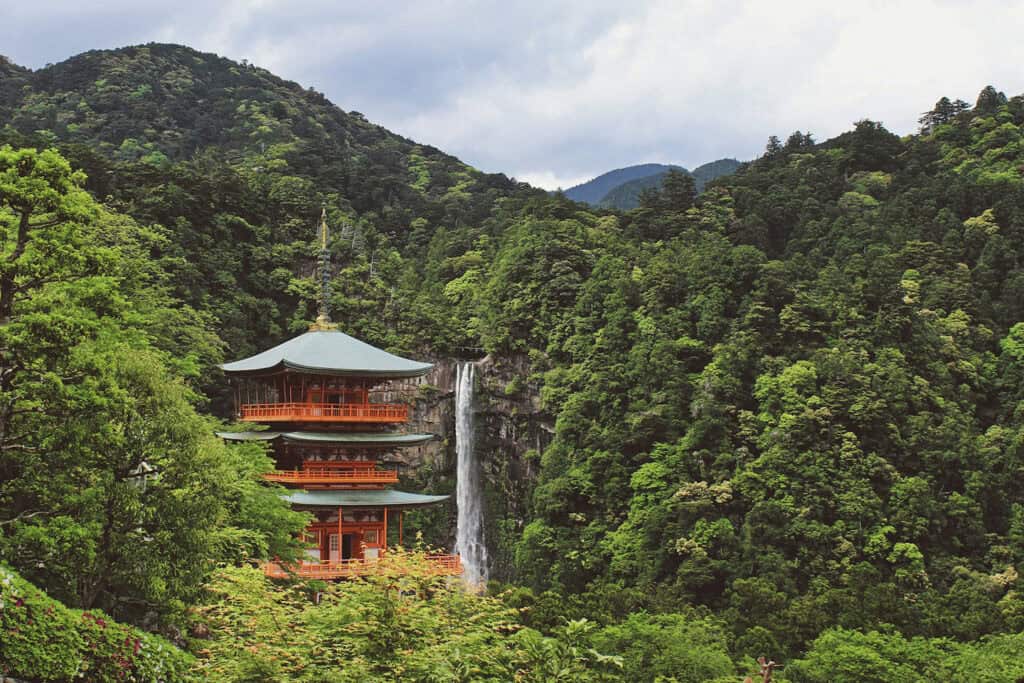
Pagodas are multi-tiered structures commonly found in China, Japan, and other Asian countries. They are usually built with wood or stone. These towering structures serve not only as reliquaries for sacred artifacts but also as focal points for meditation and religious ceremonies.
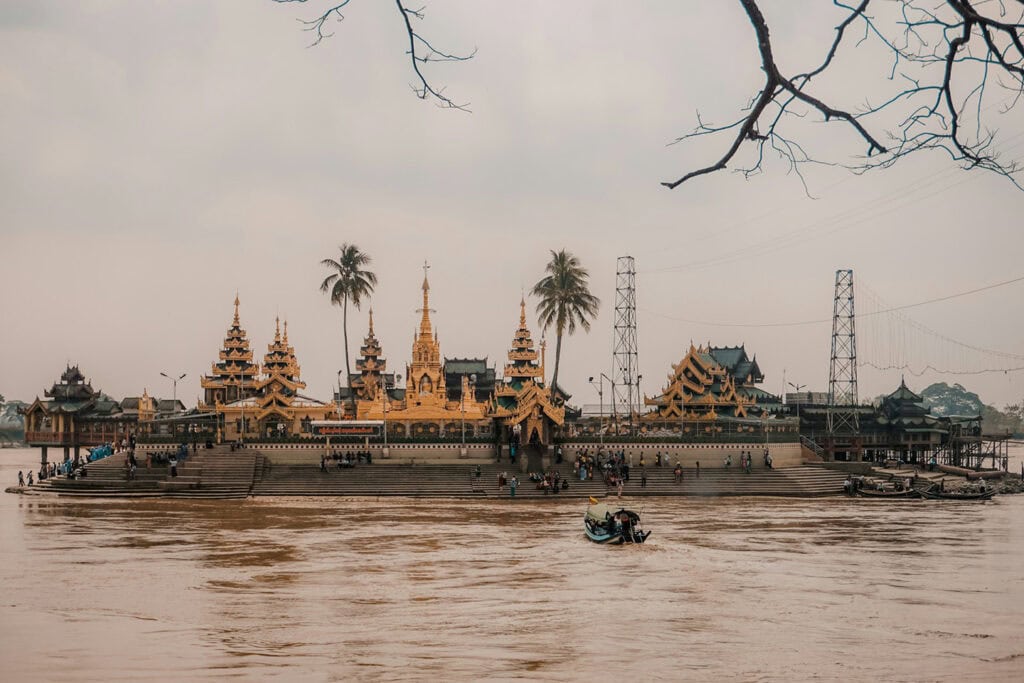
Examples of pagodas include the Seiganto-ji in Wakayama Prefecture, Japan, and the Shwedagon Pagoda in Myanmar.
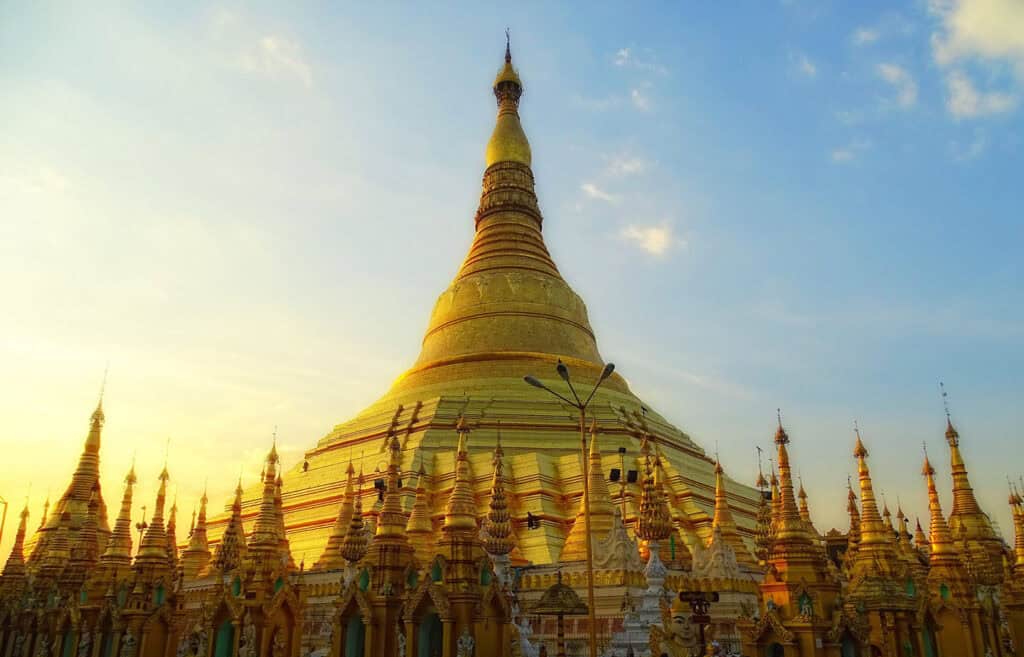
Symbolism and Meaning
Symbolism and meaning in Buddhist architecture are conveyed through a rich array of categories and symbols, each carrying deep spiritual and cultural significance:
- Stupas: Circular shape symbolizes the cycle of birth and rebirth (samsara); spires represent the path to enlightenment (Bodhi).
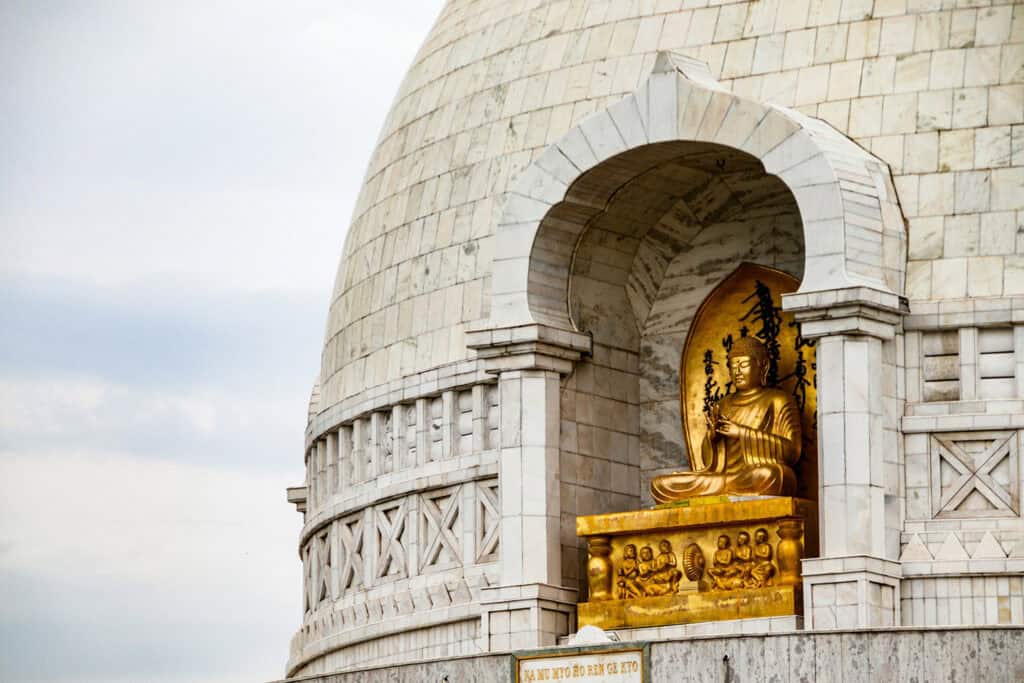
- Pagodas: Tiered structure symbolizes the stages of spiritual ascent; reflects the harmonious union of heaven and earth.
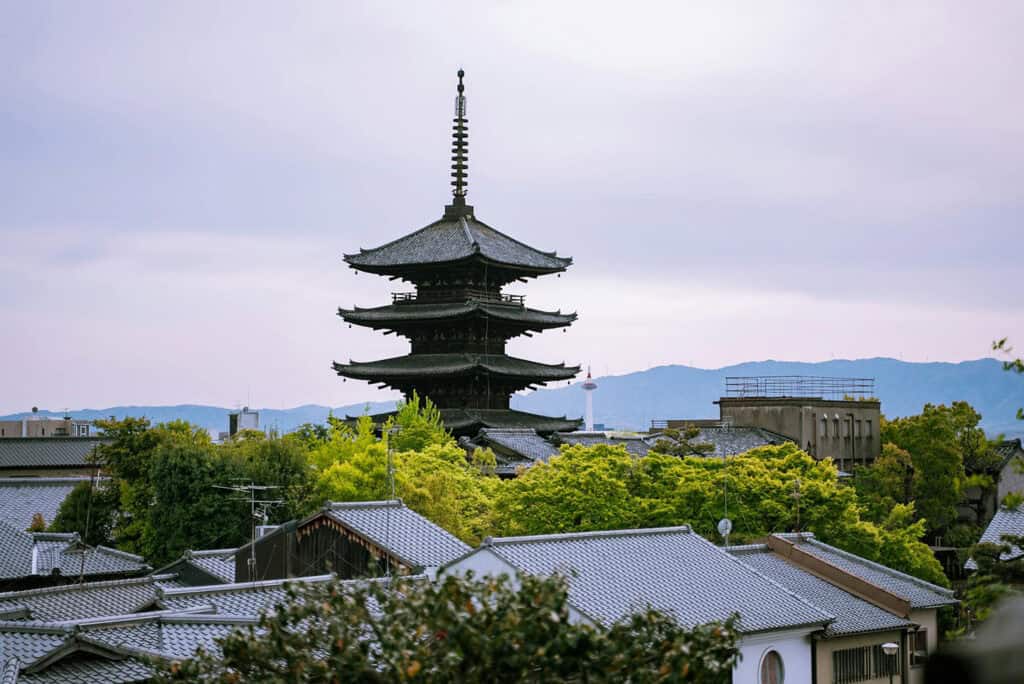
- Monastic Complexes: Layout and design often mirror Buddhist cosmology and principles of harmony and balance.
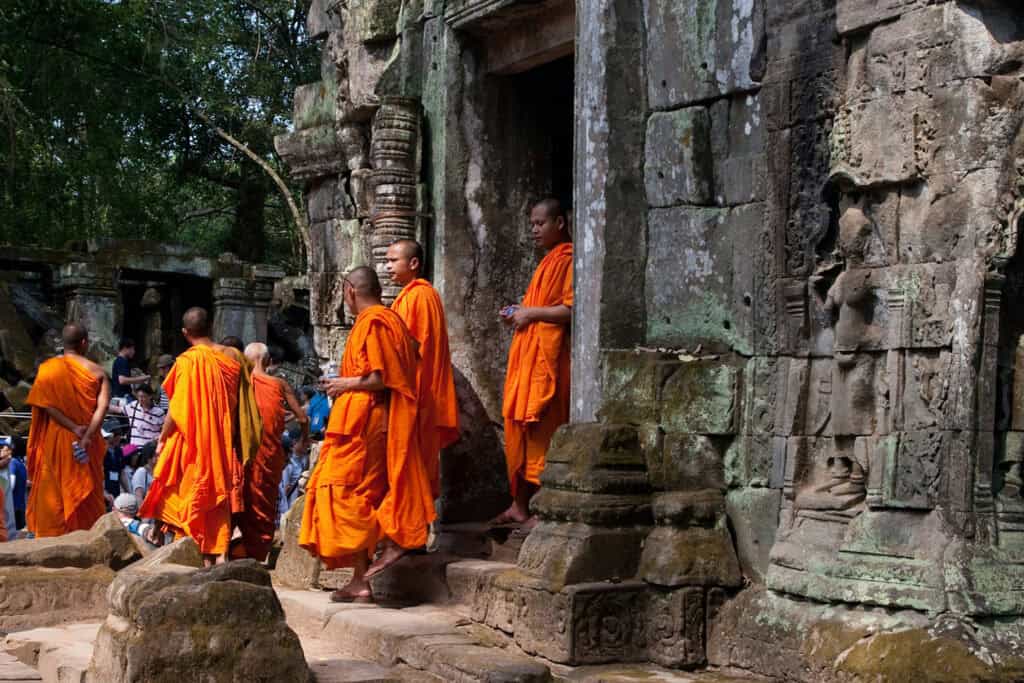
- Art and Motifs: Lotus flowers symbolize purity; Bodhi trees signify spiritual awakening; mythical creatures embody virtues like wisdom and compassion.
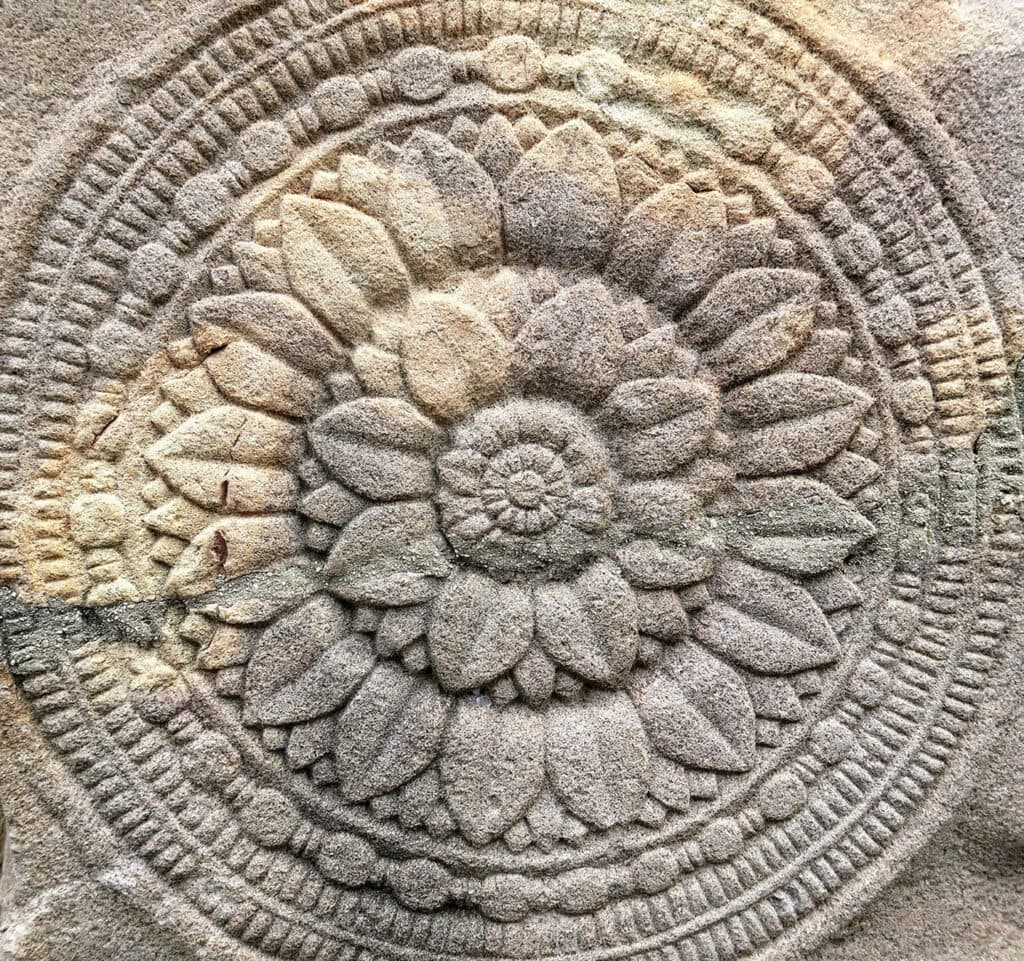
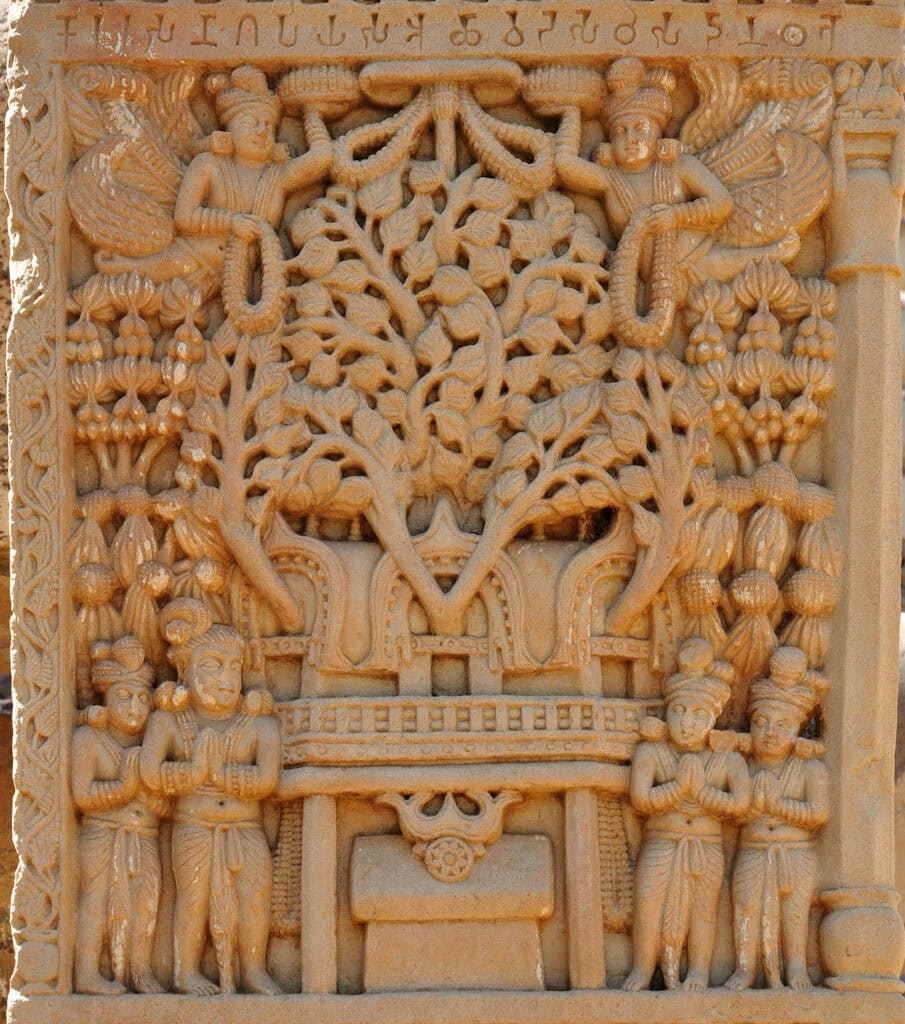
Biswarup Ganguly
These symbols not only adorn physical structures but also serve as visual metaphors, guiding practitioners on their spiritual journey within Buddhist architecture, fostering contemplation and a deeper understanding of Buddhist philosophy and practice.
Contemporary Buddhist Architecture

Contemporary Buddhist architecture refers to modern interpretations and adaptations of traditional Buddhist architectural styles. One of the defining features of contemporary Buddhist architecture is the integration of traditional and modern elements.
Many modern Buddhist temples also incorporate sustainable and environmentally-friendly design elements, such as solar panels and water conservation systems. These elements reflect the Buddhist principle of respect for the natural world.
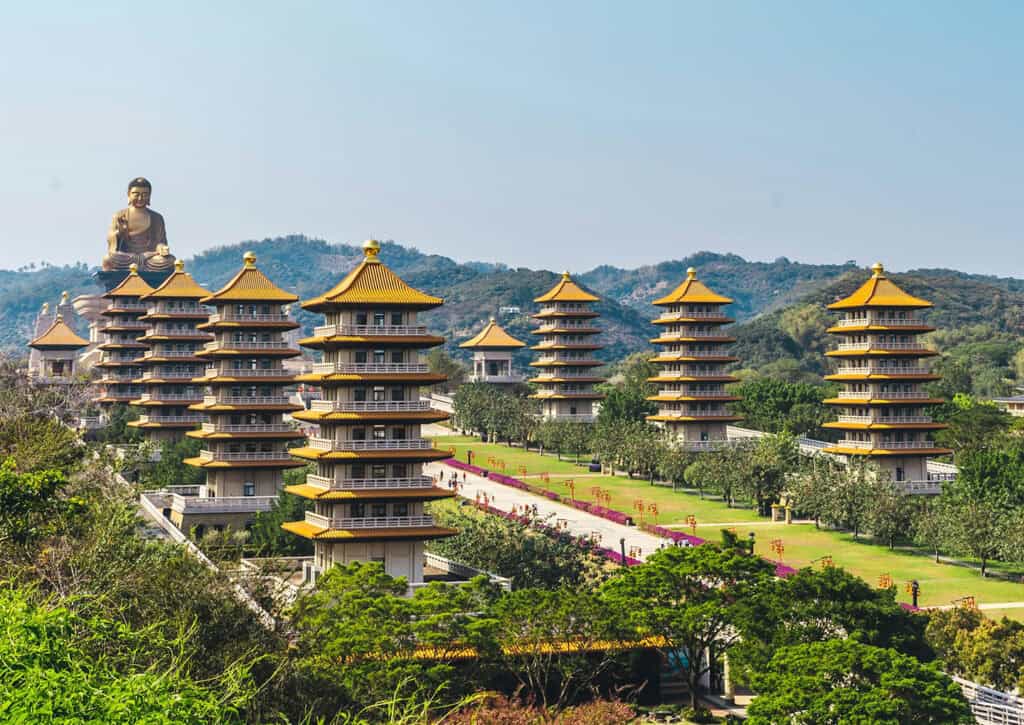
Notable contemporary Buddhist architectural projects include the Fo Guang Shan Buddha Museum in Taiwan and the Great Stupa of Dharmakaya at the Shambhala Mountain Center in Colorado, USA.

Case Studies
Buddhist architecture has a rich history and diverse styles, featuring Buddhist temples and Japanese Buddhist temples renowned worldwide. Additionally, influences from Hindu temple architecture and the presence of countless cave temples contribute to the intricate and varied landscape of Buddhist architectural heritage. Here are a few significant examples:
1. Kinkaku-ji Tamplate
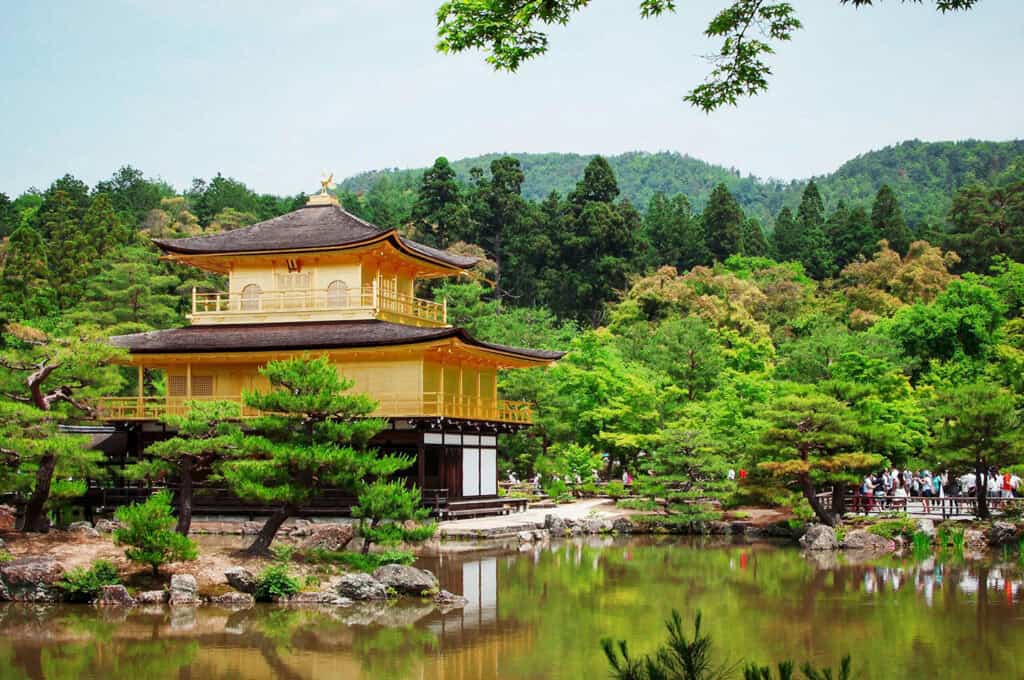
2. Swayambhunath
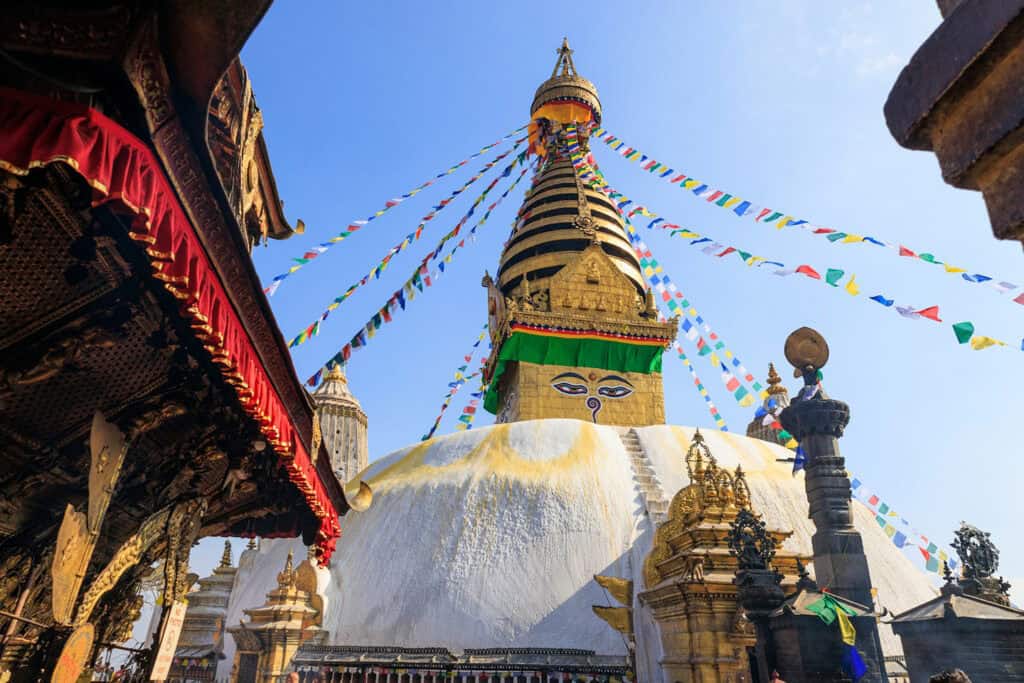
3. Buddha Tooth Relic Temple and Museum

4. Candi Prambanan
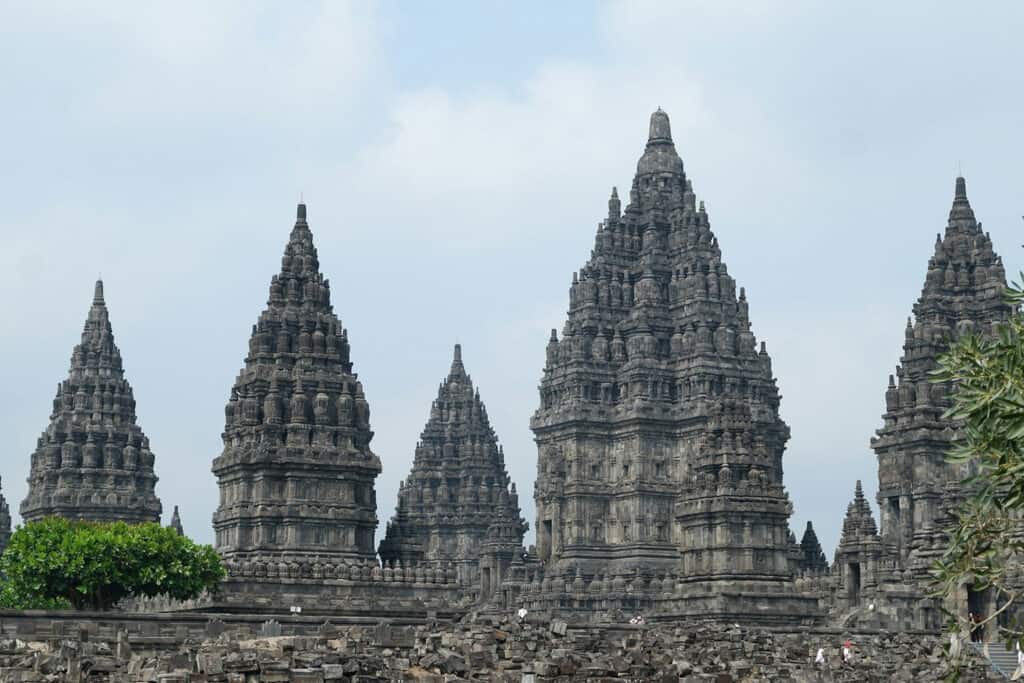
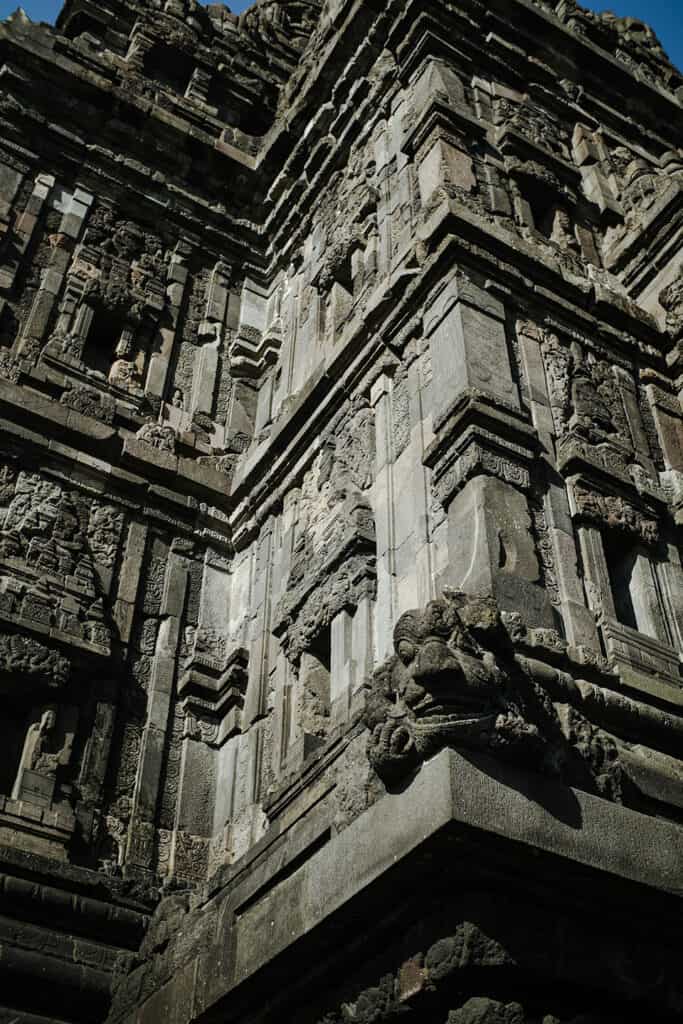
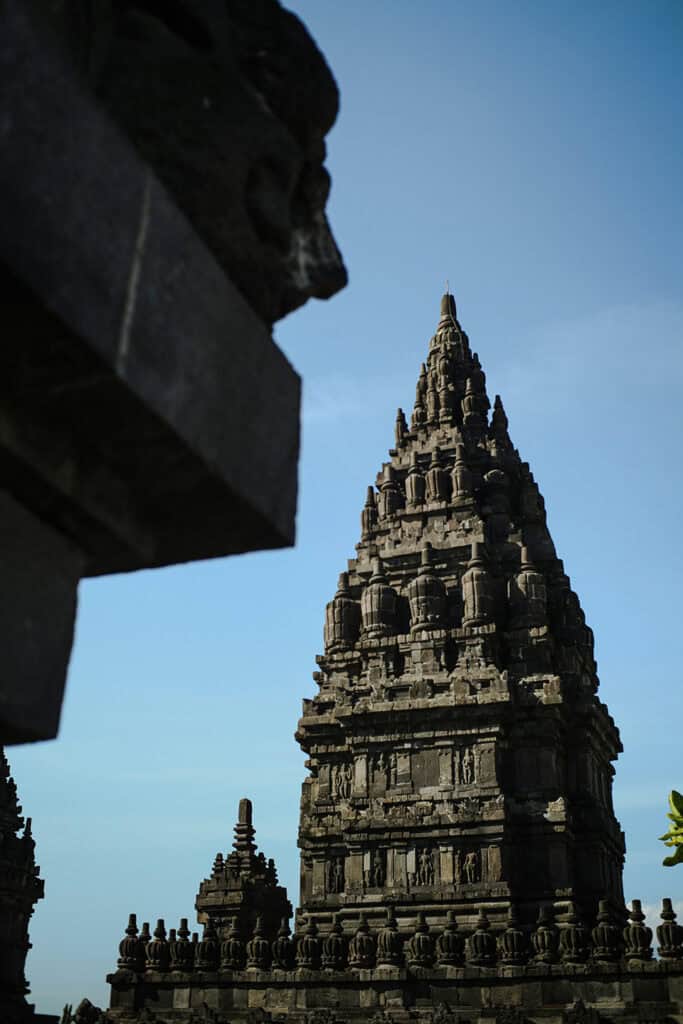
5. Todai-ji

These examples showcase the integration of traditional and modern elements in Buddhist architecture, highlighting the evolution of religious practice and architectural style over time.
Buddhist Architecture: A Recap

Buddhist architecture has a rich cultural history that spans the Indian subcontinent, China, Japan, and beyond. The architectural style represents the religious practices and beliefs of different Buddhist sects.
Throughout this exploration, we have uncovered the intricate details of Buddhist architecture. From the buddhist cave temples of India to the serene pagodas of Japan, each structure tells a story of profound religious significance and architectural brilliance.
Thank you for joining us on this enlightening exploration through Buddhist architecture. Readers are also invited to explore our other articles related to the ancient world, where they can further investigate the captivating history and cultural heritage of civilizations past.
See also: Ancient Indian Art and Architecture: 10 Must-Know Styles









